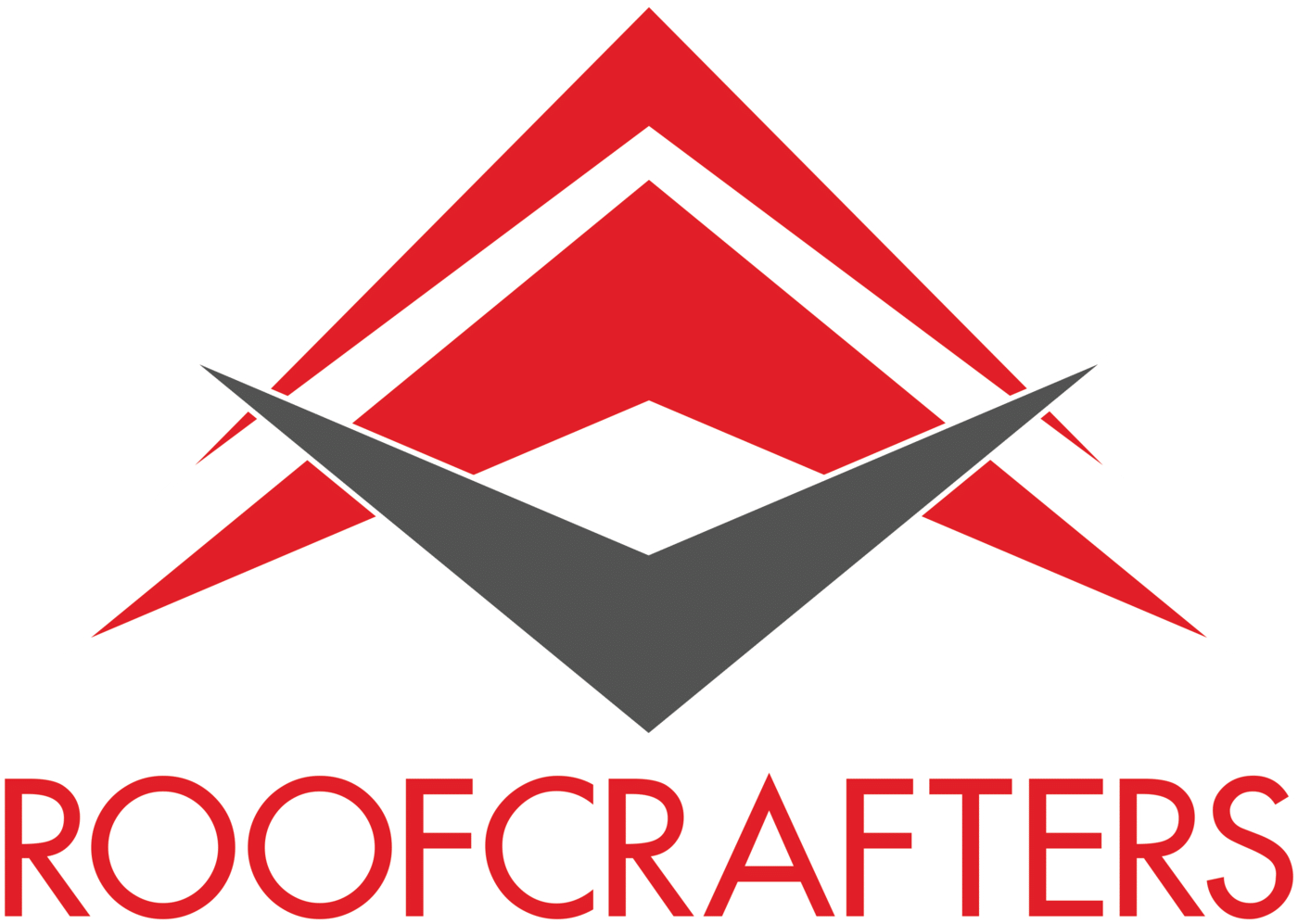The Top 5 Roofing Materials for Hot Climates
January , 2024 | 7 min. read
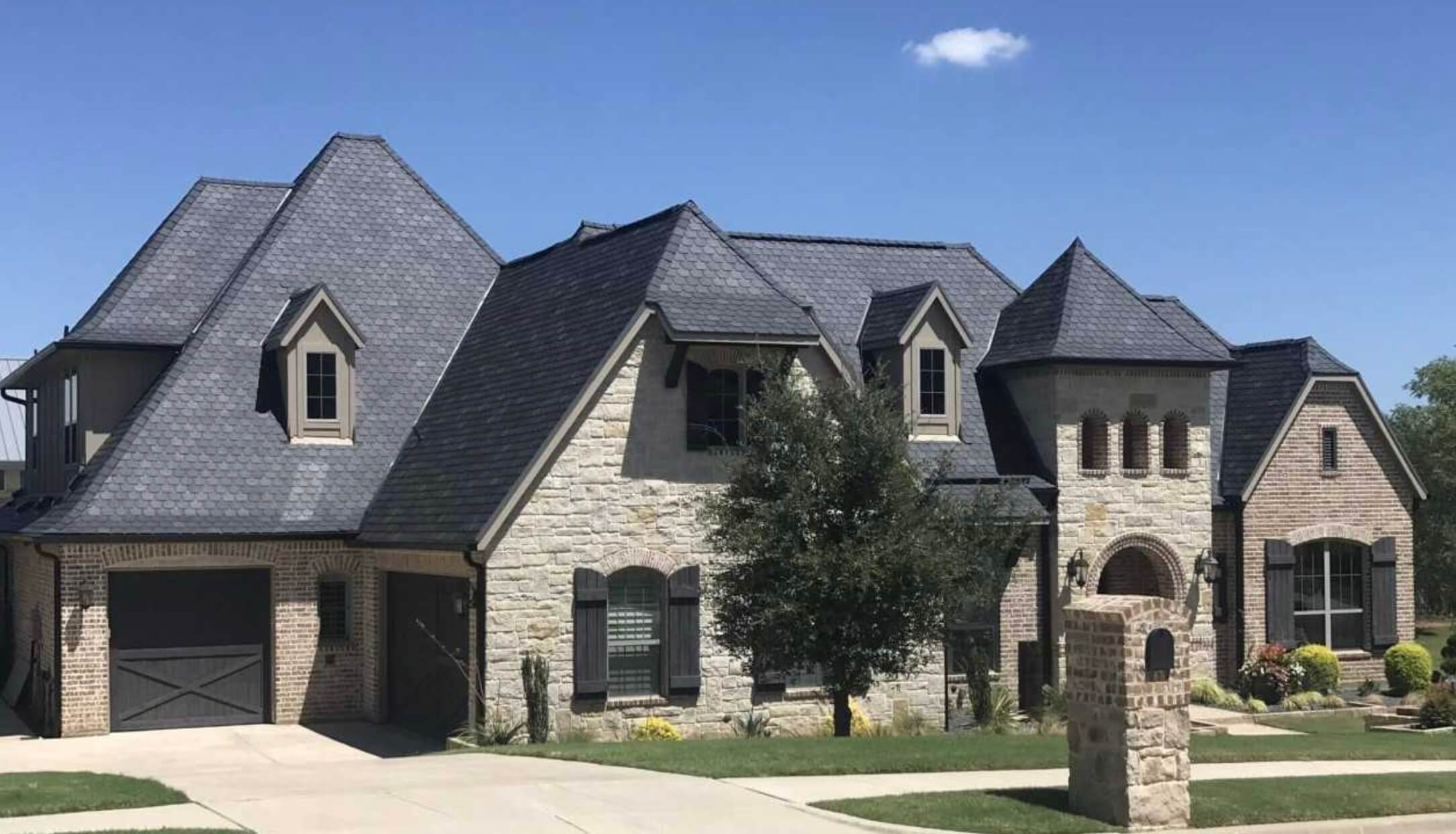
Living in a hot climate means it's not just you feeling the heat - your roof does too. That’s why selecting the right roofing material is so crucial in these regions. With over 30 years of experience, RoofCrafters has been guiding homeowners through this process, helping them make decisions that lead to long-lasting, energy-efficient, and cost-effective roofing solutions.
Stick around, because in this article, we’ll dive into the best roofing materials for hot weather. We won’t just focus on durability but also on energy efficiency, cooling benefits, and cost.
By the end, you’ll know which options perform best under extreme heat and how they fit into your budget. If you live in the South or any other hot region, this knowledge can save you from frequent roof replacements and sky-high energy bills. Let’s get started!
The Top 5 Roofing Materials for Hot Climates

Not all roofing materials are built to withstand extreme heat. Some may look great or be durable in mild conditions, but they simply can’t handle the scorching temperatures found in hot climates. The following five materials have proven to excel in heat, offering unique benefits for homeowners looking for longevity, efficiency, and value:
- Metal roofing
- Slate roofing
- Clay tile roofing
- Concrete tile roofing
- Synthetic roofing
Each of these materials has its pros and cons, but they all offer excellent options for homes in areas that regularly experience high temperatures.
Metal Roofing: Reflective, Energy-Efficient, and Durable

Metal roofing is a top performer in hot climates! It’s reflective, meaning it can deflect a significant portion of the sun’s rays, keeping your home cooler and reducing the strain on your air conditioning system. Metal roofs are highly durable and able to withstand both heat and other extreme weather conditions like high winds and heavy rain.
There are two main types of metal roofing:
- Standing seam: This system uses concealed fasteners, which gives it a cleaner look and longer-lasting performance.
- Screw-down: This system uses exposed fasteners, making it simpler to install and more affordable upfront.
With a lifespan of over 50 years, standing seam metal roofs are highly durable. They also offer excellent resistance to wind and heat, making them ideal for areas prone to both hurricanes and extreme sun exposure. The sleek design adds to the curb appeal of your home and can even boost its value.
The primary downside is the cost. Standing seam roofs are more expensive because they take longer to install and require more precision from your contractor. However, the investment is often worth it in the long run due to the roof’s longevity.
If you’re looking for a more budget-friendly option, screw-down roofs are easier and quicker to install. They also perform well in high winds, ensuring your roof stays intact during severe weather events.
However, they also require more maintenance. Over time, the screws can loosen due to the metal’s natural expansion and contraction in the heat. Typically, homeowners need to schedule maintenance every five years to tighten or replace screws.
Top Metal Materials for Hot Climates
There are several metal options to choose from, but the three most common metals for hot climates are aluminum, steel, and galvalume:
- Aluminum: Lightweight and corrosion-resistant, aluminum is an energy-efficient choice. It’s highly reflective and naturally resistant to rust, making it a great option for coastal areas. Aluminum roofs come in various thicknesses, with the most common being 032 and 040 for residential use. These roofs often come with a 40-45-year paint warranty, ensuring long-lasting performance.
- Steel: Steel is the most commonly used metal for roofing, thanks to its affordability and versatility. Galvanized steel is coated with zinc to prevent rust, and it comes in several thicknesses. Unlike aluminum, steel gets thicker as the gauge number decreases. The thicker the steel, the more durable the roof. Steel roofs are available in various profiles, such as standing seam, interlocking shingles, 5-V crimp, and R-panels.
- Galvalume: This material combines the strength of steel with the corrosion resistance of aluminum. It’s often less expensive than steel because it doesn’t require a painted finish. Galvalume is a great option for homes near saltwater, as it holds up well in coastal conditions.
The cost of metal roofing varies depending on the material and profile you choose but typically ranges from $8.50 to $15.50 per square foot.
Slate Roofing: Natural Stone for Lasting Durability
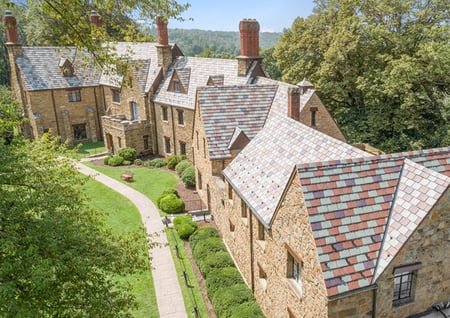
Slate roofing is the ultimate long-lasting roofing option, with a lifespan of over 100 years when properly installed. As a natural stone, slate is impervious to both heat and fire, making it an excellent choice for homes in hot climates. In addition to its durability, slate provides a distinctive, timeless look that can enhance your home’s aesthetic appeal.
However, slate is one of the heaviest roofing materials, weighing over 1,000 pounds per square foot. Before installing a slate roof, it’s essential to ensure your home’s structure can support the weight. Consulting with an architect or contractor is a must.
Slate roofs are also one of the most expensive roofing options, with costs ranging from $15.50 to $25.50 per square foot. The cost is justified by its unmatched longevity and durability.
Clay Tile Roofing: Classic Look with Excellent Heat Resistance
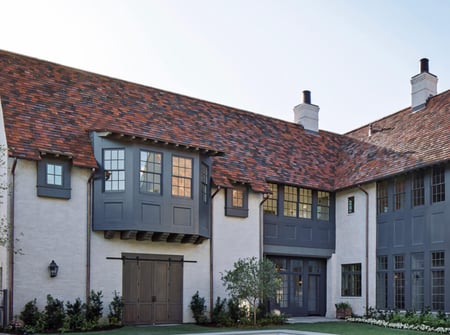
Clay tile roofing is another great option for areas with high temperatures. Clay is a natural, thermally resistant material that performs well in both hot and cold climates. These tiles are also fire-resistant, adding another layer of protection to your home.
Clay tiles are most often seen on Mediterranean, Spanish, and Modern-style homes, where they add a distinctive architectural touch. They come in a range of colors and styles, allowing you to customize the look of your roof. On average, clay tile roofing costs between $12.50 and $18.50 per square foot, depending on the style and complexity of the installation.
Concrete Tile Roofing: Versatile and Cost-Effective

Concrete tile roofing is made from a mixture of sand, cement, and water, providing a durable and energy-efficient solution for hot climates. These tiles are highly versatile and can be designed to mimic the look of more expensive materials like cedar shakes, slate, or clay tiles.
Concrete tiles are also Class A fire-rated, making them an excellent choice for areas prone to wildfires. They typically cost between $9.50 and $13.50 per square foot. Its versatility, affordability, and performance make it a popular choice for many homeowners.
Synthetic Roofing: Durable and Eco-Friendly
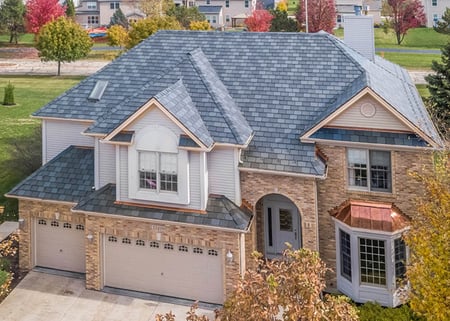
Synthetic roofing materials, made from recycled materials like rubber and plastics, offer a budget-friendly alternative to natural slate or wood shake roofs. These materials are lightweight, durable, and energy-efficient, helping to keep your home cool in hot weather.
Synthetic roofing is also more affordable than its natural counterparts, with prices ranging from $12.50 to $18.50 per square foot. Because synthetic materials are often made from recycled content, they are an eco-friendly choice for homeowners looking to reduce their environmental impact.
Making the Right Choice for Your Home
Now that you’re familiar with the top five roofing materials for hot climates, you’re better equipped to make an informed decision for your home. At RoofCrafters, we’re here to help every step of the way, from selecting the right material to finding the best contractor for the job.
Our 30 years of expertise ensure that your roof will stand up to the heat and save you money in the long run, and we want you to be sure to consider your budget, aesthetic preferences, and the unique climate conditions in your area to make the best choice for your home’s long-term performance and energy efficiency.
All of this being said, if you’re ready to take the next step, be sure to hit the “Schedule an Inspection” button down below!
At RoofCrafters, our mission is to provide job opportunities for others to thrive and grow while making a meaningful impact within our communities.
